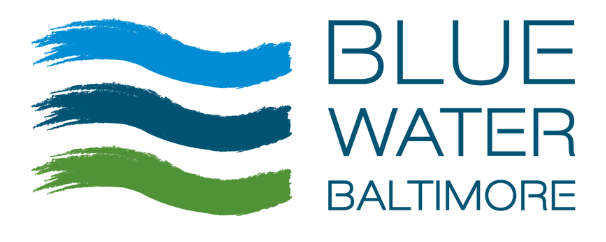Baltimore Water Contamination
A lot of the pollution in Baltimore is invisible until it causes problems like fish kills and algae blooms. Our regular testing and data collection program allows us to track water quality and react quickly to any changes.
Things like excess nutrients from stormwater runoff, untreated wastewater, and chemicals from Baltimore’s history as an industrial center contribute to the current state of our waterways.
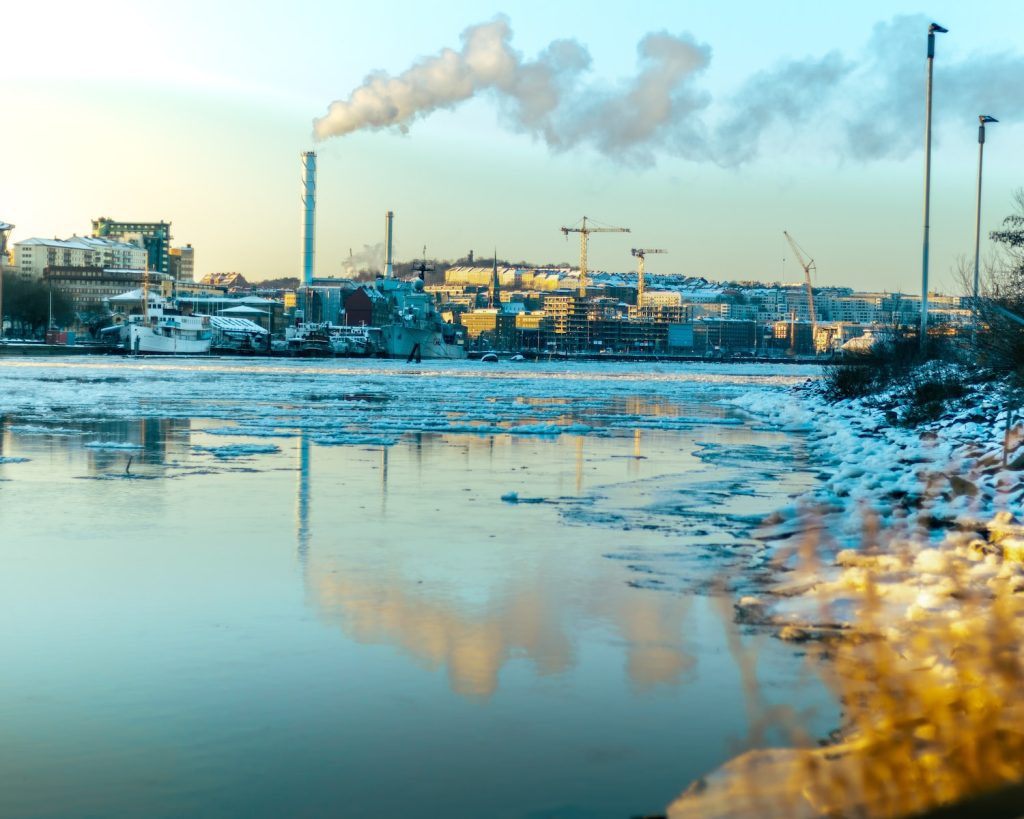
Trash in water
Water contamination in Baltimore
As an industrial port city, Baltimore has a long history of heavy industry, manufacturing, shipping, and transportation. Though we now live in the era of the Clean Water Act, our waterways are still impacted by many types of toxic pollutants, such as legacy PCBs, chlordane, chromium, other organic contaminants, and heavy metals.
Some of these pollutants are still actively flowing into our watersheds, while many others reside in sediment at the bottom of our rivers and streams.
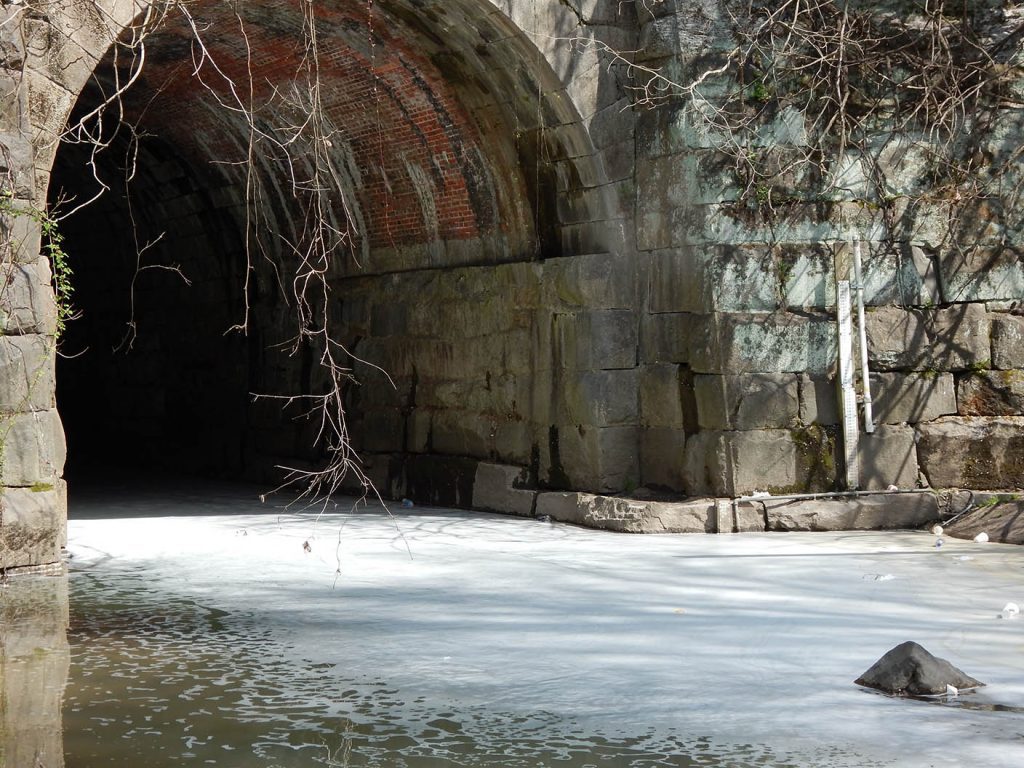
How water contamination harms Baltimore
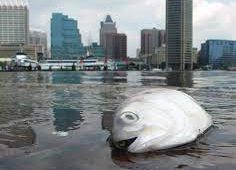
Nutrients
Phosphorous, nitrates, and other nutrients can lead to harmful algae blooms and oxygen-deprived “dead zones” in waterways.
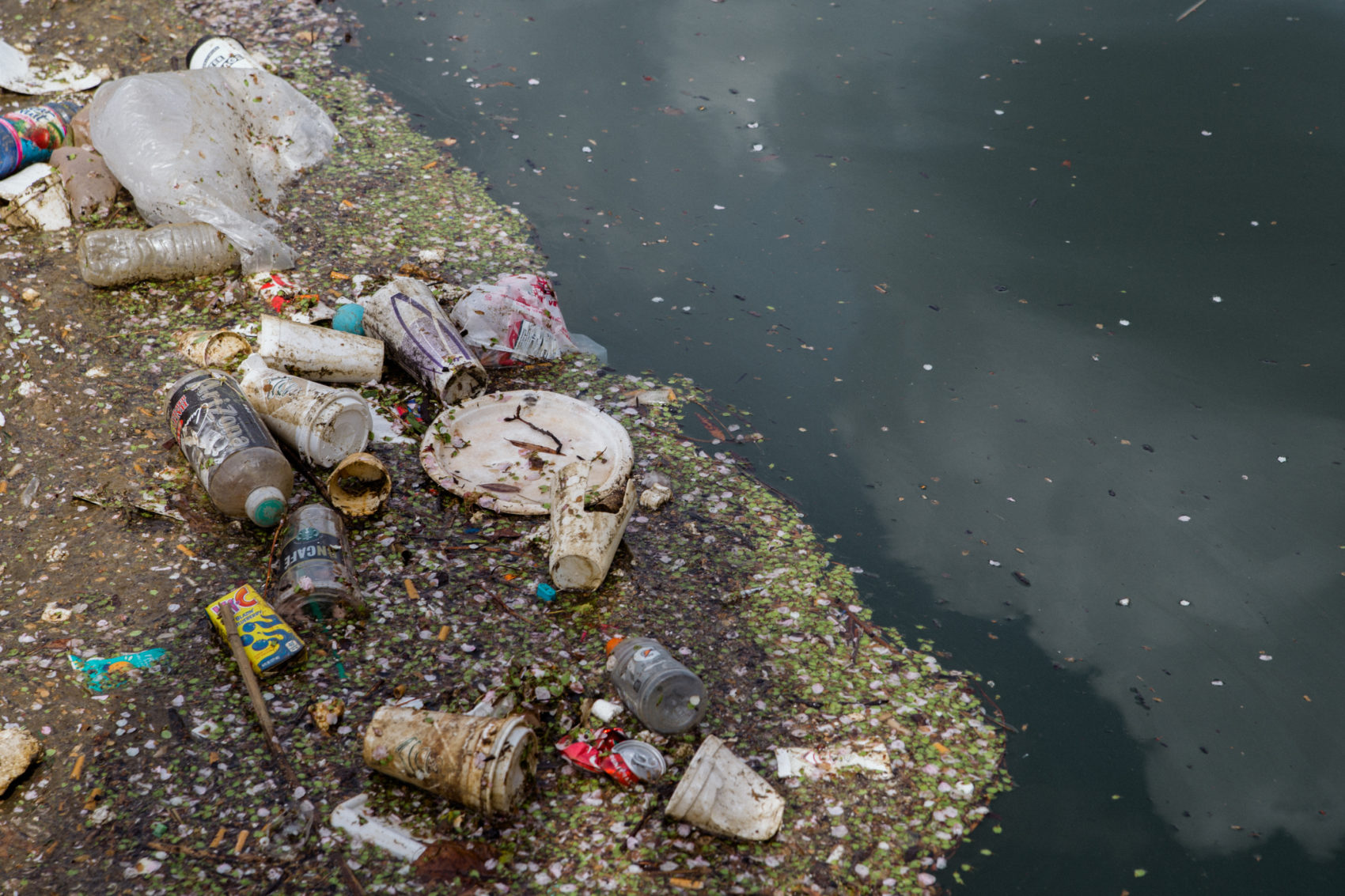
Chemicals
Caused by illegal dumping and littering, debris in our streams is more than an eyesore. Trash in our waterways can be harmful to our health, the environment, and our local economy.
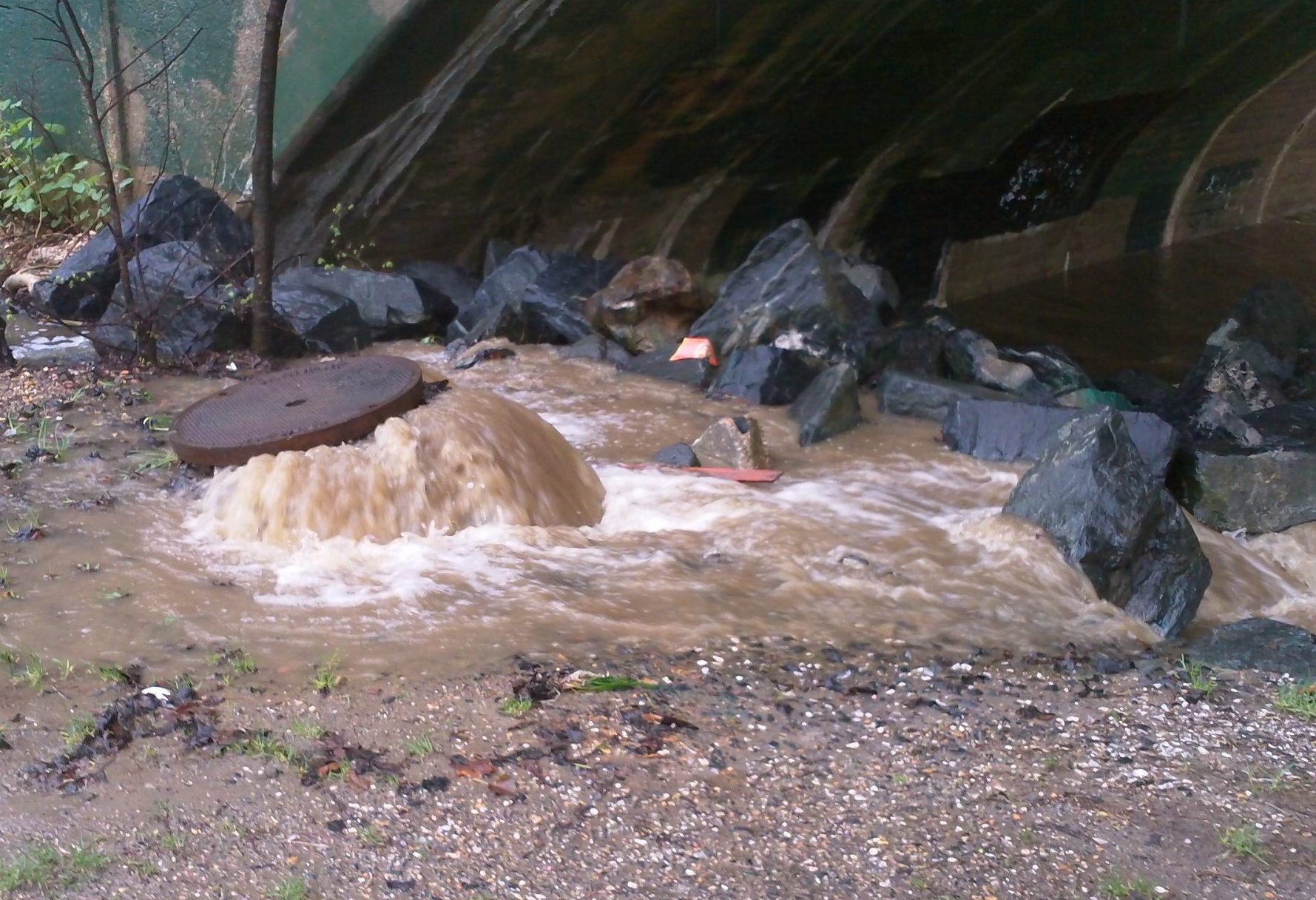
Stormwater
Every time it rains, trash, bacteria, heavy metals, and other pollutants are washed from city streets and roofs into local streams and the harbor.
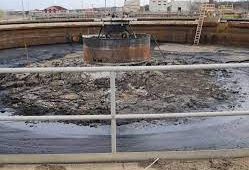
Sewage
Baltimore’s aging sanitary sewer system causes millions of gallons of raw sewage to enter our waterways each year.
Current Water Conditions
Each year, Blue Water Baltimore collects and synthesizes tens of thousands of individual data points collected at dozens of sites to score the health of our regional waterways. Blue Water Baltimore follows guidance from the Code of Maryland Regulations (COMAR) to determine if a site is meeting state-mandated water quality standards at any given time.
Take a stand against Baltimore water contamination
Baltimore Harbor Waterkeepers focus on strengthening and maintaining clean water laws and regulations related to toxic pollutants and other contaminants capable of compromising the health of the Baltimore Harbor.
The work is done by engaging in policy and regulatory processes, as well as conducting outreach, research, and education. When necessary, we litigate on behalf of clean water and the laws intended to protect it.
View local water quality at the Baltimore Harbor Water Alert.
Learn about and Report Pollution through our website.
Become a Volunteer to restore your neighborhood streams.
Engage in Advocacy to influence clean water issues.
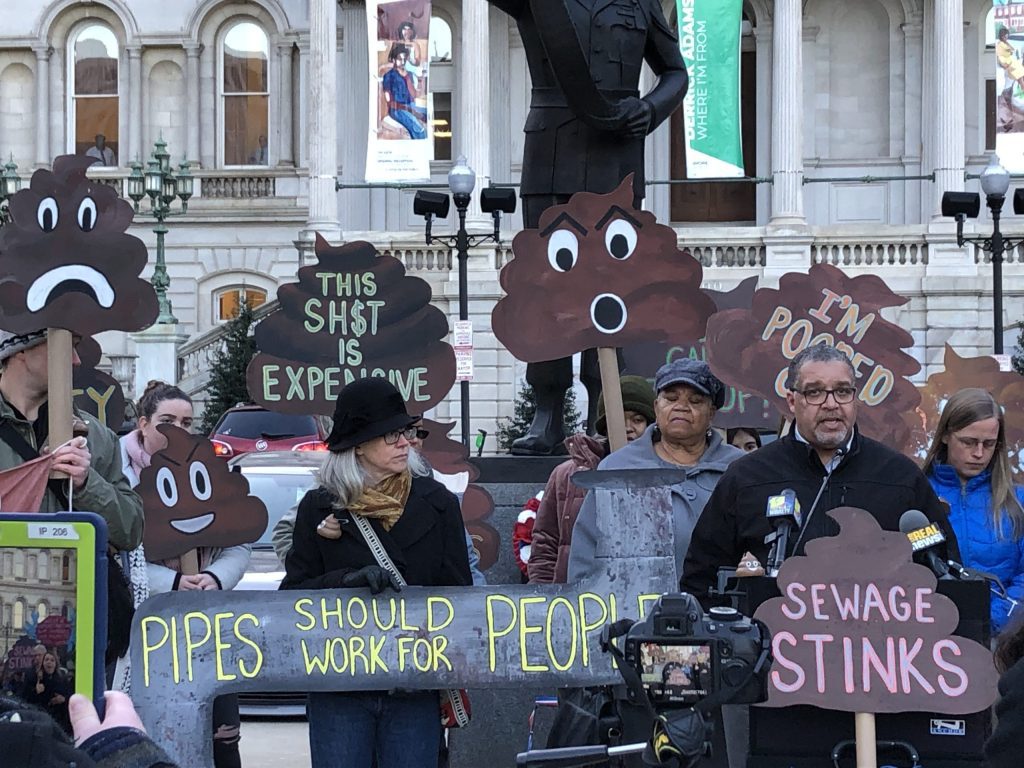
Trash in the water
Baltimore improves one neighborhood at a time
Green stormwater infrastructure is a cost-effective way to combat stormwater runoff and pollution. Green roofs, rain gardens, and pervious pavement are all examples of green stormwater infrastructure.
Here’s how to get involved to remedy and stop water contamination

Stay Informed
Join our mailing list to get updated information on water qualities, on opportunities for making impact, and for special invitations to local events.

Volunteer with us
Meet new people, explore Baltimore, and lend a helping hand as a Blue Water Baltimore volunteer to protect and improve our city!

Become a member
A donation of any size makes you a member of Blue Water Baltimore and part of our fight for clean water and strong communities.
Measuring & Mapping the health of Baltimore’s waterways
Baltimore Water Watch
Each year, Blue Water Baltimore collects and synthesizes tens of thousands of individual data points in order to score the health of our regional waterways.
Every indicator we track is equally important; from the Dissolved Oxygen content in the Inner Harbor to the Conductivity levels in the Towson Run, each measurement has a story to tell about the ecology of our streams, rivers, and harbor – and the pollutants degrading them.
The long-term dataset that Blue Water Baltimore has been building since 2013 is used by academic institutions, state regulators, local law-makers, and members of the public to make informed decisions about our waterways.
It’s also the scientific backbone of the restoration, advocacy, outreach, and education work we conduct year-round.
